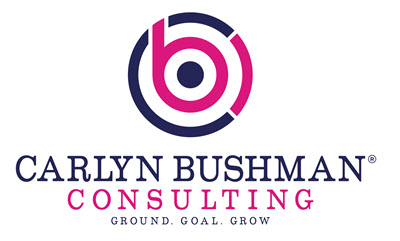Let’s Create Your Dashboard
“Where your focus goes, your energy flows.”
— Tony Robbins
You may have heard the term: Dashboard (also referred to as a Snapshot, Flash, RunRate)
A dashboard is a visual to record the valuable metrics of your company. This can be done as often as you would like to measure the health of your business.
In the early stages of your business, you may be uncertain which metrics matter the most. That is okay. It is more important to start “dashboarding” than to wait until you have the perfect combination of metrics and timing. In other words, expect it to change.
When getting started, I would advise you to have your “dashboard” available to you on a monthly or weekly basis. This allows you to set the agenda for the week or month.






